Why did mold appear on the grapes and what to do?
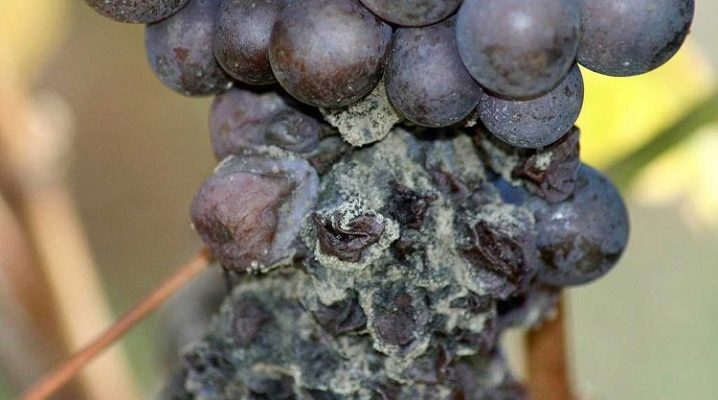
Grapes are a rather whimsical plant that is nevertheless often found in garden plots throughout the country. This representative of the flora requires very high-quality agricultural technology, otherwise you can not only not wait for a good harvest, but also lose the plant itself. Grapes quite often suffer from various kinds of diseases, one of the signs of which is various types of mold. These are various rot, fungal infections that affect branches, foliage, berries. The causes of these diseases are different - just like the treatment and preventive measures. All gardeners who grow grape bushes need to be prepared for such problems, because some of them can cause irreparable harm to the health of the shrub.

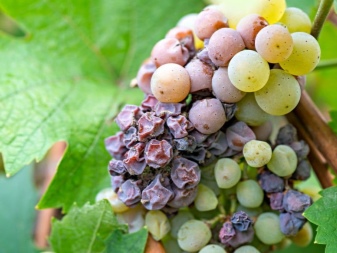
Causes
Mold on grapes can form on only the vine, branches, leaves, but also on the bunches themselves. Berries are quite often affected by various diseases, among which there are both very harmless and quite serious ones. First of all, the risk of developing mold increases if:
- last year the grapes were sick with a fungus;
- timely spraying with fungicidal compositions was not carried out to protect the shrub, or the measures were poorly performed;
- the temperature regime under the shelter exceeded the mark of +5 degrees;
- before the organization of the winter shelter, spraying with vitriol was not carried out, or the composition was incorrectly made;
- very warm winter period with thaws, not frozen ground.

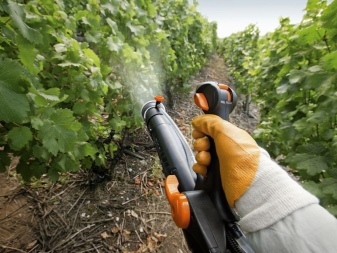
Mold is often a sign of a serious illness, such as a type of rot. The reasons for the development of the disease are different:
- white rot often infects the plant during dry periods;
- black, gray - the result of excessive moisture, for example, during the rainy season;
- fungus, provoking white rot, winters well in the bark and foliage, the higher the air temperature in spring, the faster the disease spreads.
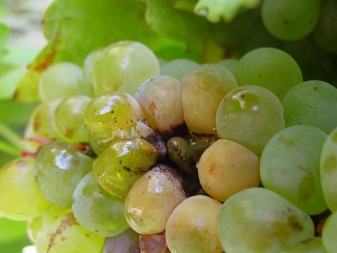
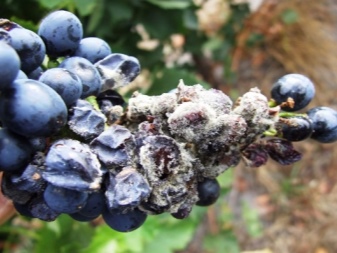
How to treat?
Mold itself is not a particularly viable fungus, sometimes even a simple sun can solve the problem. But gardeners should definitely not wait for mercy of this kind. If the mold is standard, it is necessary to spray the shrub after opening it with a special solution of ferrous sulfate. For 10 liters, about 400 grams of the product is taken. This event is carried out before the opening of the eyes, if done correctly, the mold burns off rather quickly.
If the bush becomes moldy after wintering, you can make a manganese solution so that it is light pink. If these two methods are not suitable for some reason, you should use the traditional "Fundazol". For 10 liters, 20 g of the product is taken, this double composition does an excellent job with ordinary mold on the bush.
What to do if the shrub is affected by some type of rot? More serious measures may be required here, but first of all, all affected areas are destroyed: bunches, shoots, foliage.
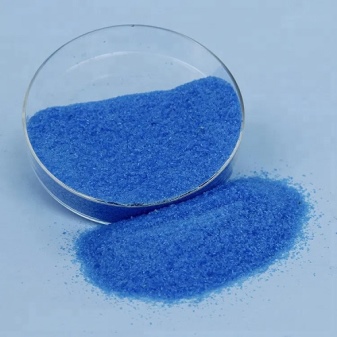
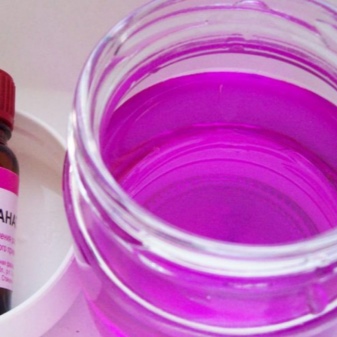
Treatment activities:
- after the destruction of the infected areas, you need to spray the plant with a solution of soda or "green soap";
- shrub processing is carried out repeatedly - 3 times a month, and it is better to alternate solutions;
- chemical agents also work well with such a problem, you can purchase "Ronilan", "Rovlar", fungicidal compositions;
- chemistry treatment is carried out every 2 weeks;
- remedies designed to combat powdery mildew or mildew help against white rot;
- the complex composition of the fungicidal type - "Ridomil Gold" + "Tiovit Jet", well saves from black rot, the mixture is diluted with water, treatment is carried out 2 times a month.
It is very important to remember that all chemical treatments are not carried out during the ripening of the fruit, otherwise you can lose the crop.
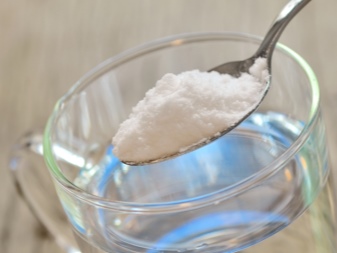

Prevention measures
First of all, it is necessary to take care from the fall so that mold does not form on the shrub during the wintering period. For this, the shelter rules are followed:
- vines are connected by fascines, that is, bundles;
- sprayed with vitriol - iron, copper;
- if the winter is abnormally warm, this may not help, then the plant will have to be treated, but this is a completely removable problem.
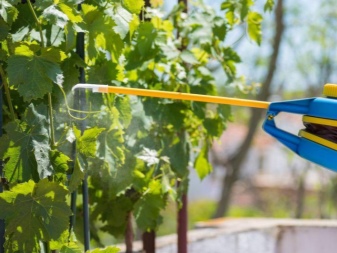
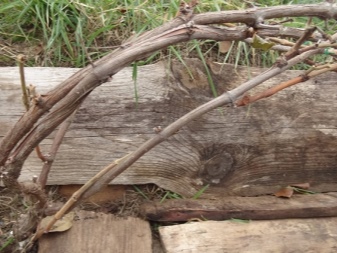
As for rot, their treatment does not always bring results, therefore, preventive measures must be followed strictly. In order not to lose a plant or part of a crop, it is important to stay ahead of the curve. Preventive measures are as follows:
- in the fall, the soil near the bushes is carefully dug up, foliage, cut branches are collected, and everything is destroyed;
- in the spring, when the plant is opened, you need to immediately carry out the treatment with Bordeaux liquid;
- the formulations "Atemi", "Topaz", Baytan "help well for prevention;
- you can spray the vine with an iodine solution - about 50 drops are taken per bucket;
- copper compounds help from white rot - vitriol, "Poliram";
- it is very important to correctly prune the vineyard, not to let it thicken;
- carefully use fertilizers with nitrogen, relying on phosphorus-potassium fertilizers;
- properly moisten the shrub, you cannot bring it to drought or flood it with water, everything should be in moderation, according to the weather.
It is also worth considering that there are grape varieties that are most susceptible to fungal diseases, which entail the formation of mold. You need to be especially careful with them and carefully follow all preventive measures.
Varieties prone to such diseases: Aligote, Rhine Riesling, Queen of Vineyards, Muscat (Hamburg, Tairovsky, Hungarian), Seibel, Karaburnu, Terbash, Pearl Saba, Chasla white "and others.
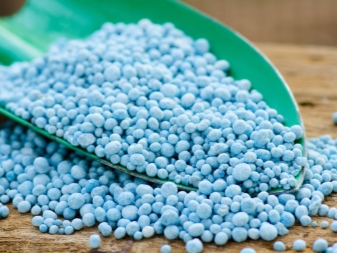
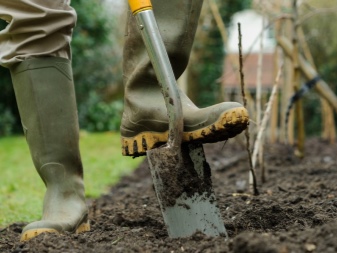













The comment was sent successfully.